Optimal Timing for Foundation Repairs
Foundation repairs are most effective when performed under optimal weather conditions. The ideal time for repairs typically depends on climate, soil conditions, and the specific type of repair needed. Proper timing ensures that the repair process is not hindered by extreme temperatures, excessive moisture, or seasonal weather patterns.
Spring offers moderate temperatures and increased soil moisture, which can facilitate certain foundation repair methods. However, excessive rain can sometimes delay work.
Summer provides longer daylight hours and generally dry weather, making it suitable for many foundation repair projects. High temperatures should be monitored to avoid heat stress on materials.
Fall is often considered an optimal time due to cooler temperatures and less rainfall, allowing repairs to settle before winter.
Winter is generally less ideal due to cold temperatures and potential freezing of soil, which can interfere with certain repair techniques. However, some specialized repairs can be performed in milder winter conditions.
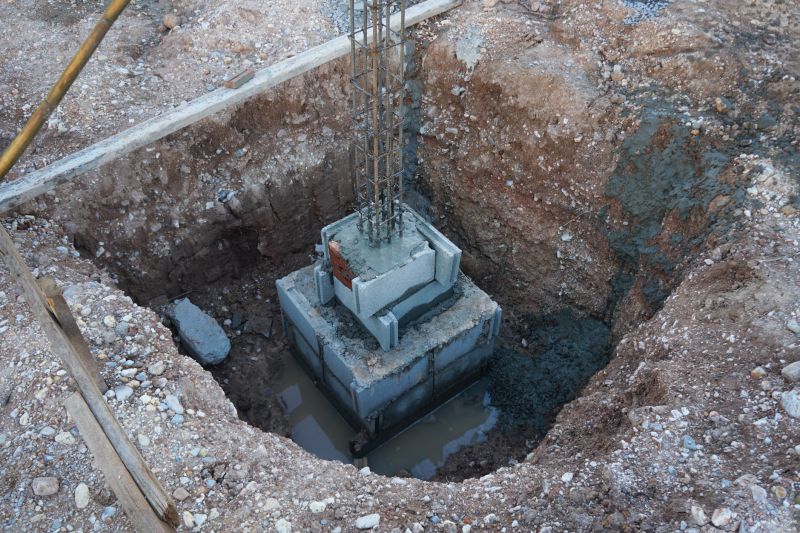
Soil tends to be moist and workable, ideal for foundation stabilization.

Dry conditions reduce delays and improve repair quality.
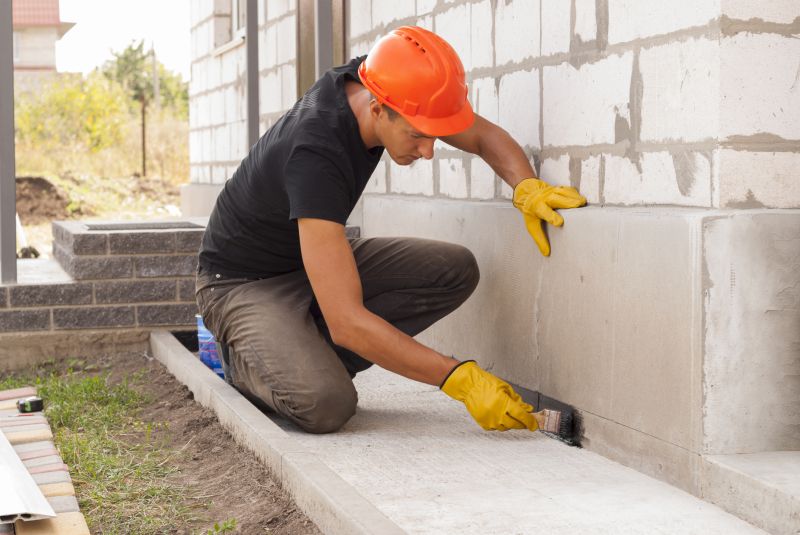
Cooler weather helps foundation settling before winter.
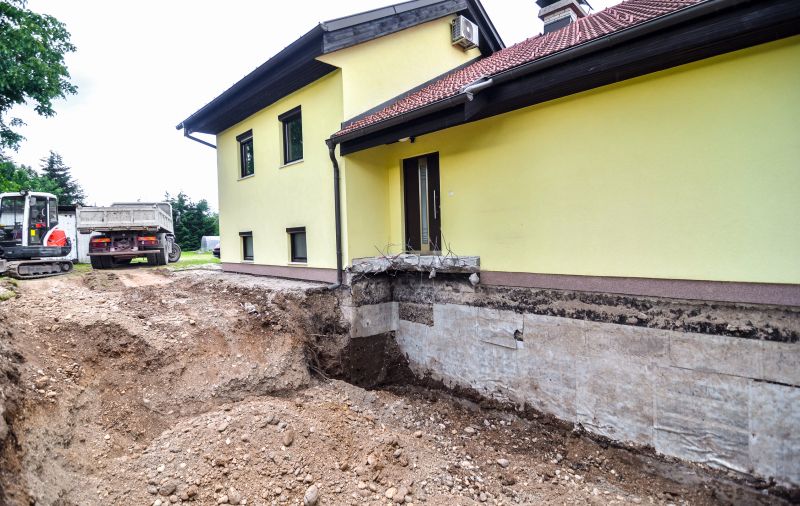
Frozen ground complicates excavation and stabilization efforts.
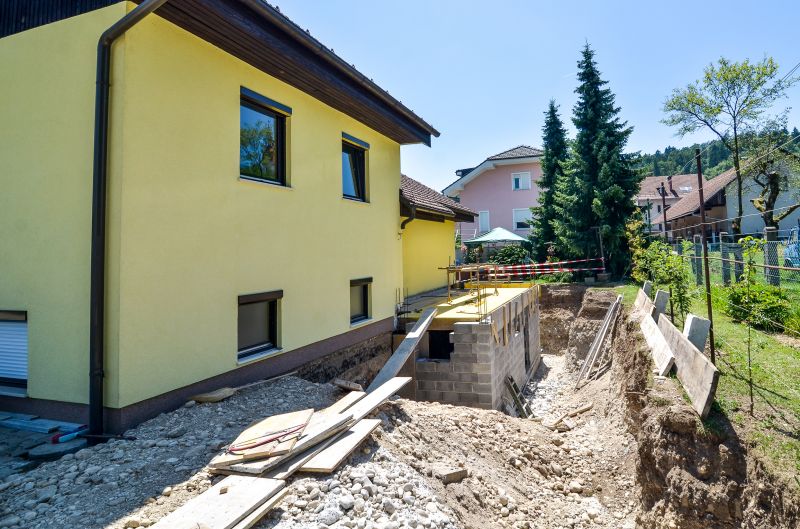
Spring and fall are generally preferred for foundation repairs due to favorable weather.

Extreme weather can delay or complicate foundation repair projects.
| Season | Recommended Conditions |
|---|---|
| Spring | Moderate temperatures and moist soil |
| Summer | Dry weather and longer daylight |
| Fall | Cool temperatures and less rainfall |
| Winter | Cold temperatures and potential soil freezing |
Foundation repairs involve stabilizing and restoring the structural integrity of a building's foundation. These repairs are critical for preventing further damage, maintaining safety, and preserving property value. Common methods include underpinning, piering, and slab jacking, each suited to specific soil and damage conditions. Proper timing ensures that repairs are durable and less susceptible to weather-related issues. Statistics indicate that early intervention can significantly reduce long-term costs and structural risks.
Choosing the right time for foundation repairs depends on local climate patterns, soil moisture levels, and the specific repair techniques used. Performing repairs during favorable weather conditions minimizes delays and enhances the effectiveness of the work. Regular inspections can help identify issues early, allowing repairs to be scheduled at the most suitable times, thus preserving the longevity of the foundation.
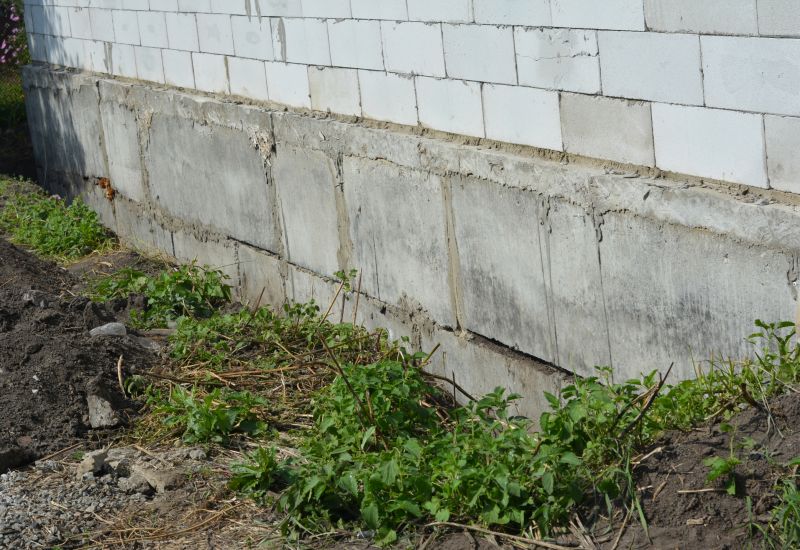
Proper timing enhances the success of stabilization techniques.
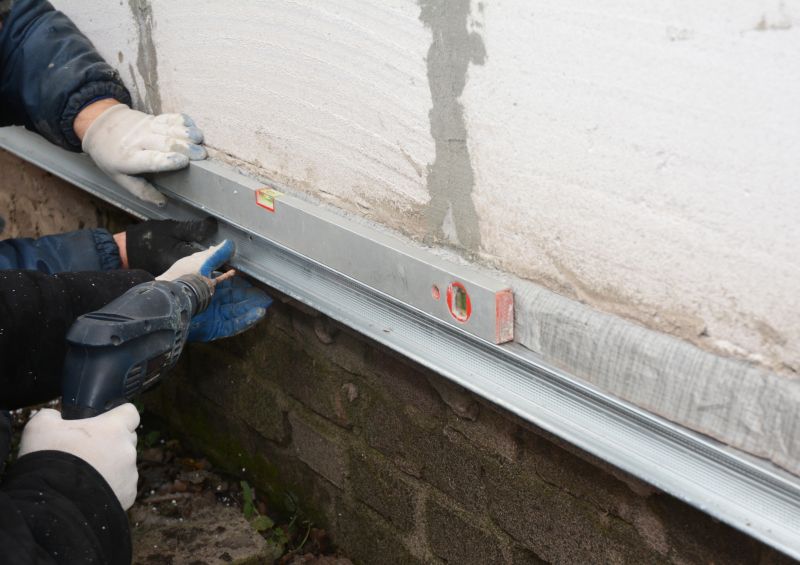
Soil conditions are crucial for planning repairs.
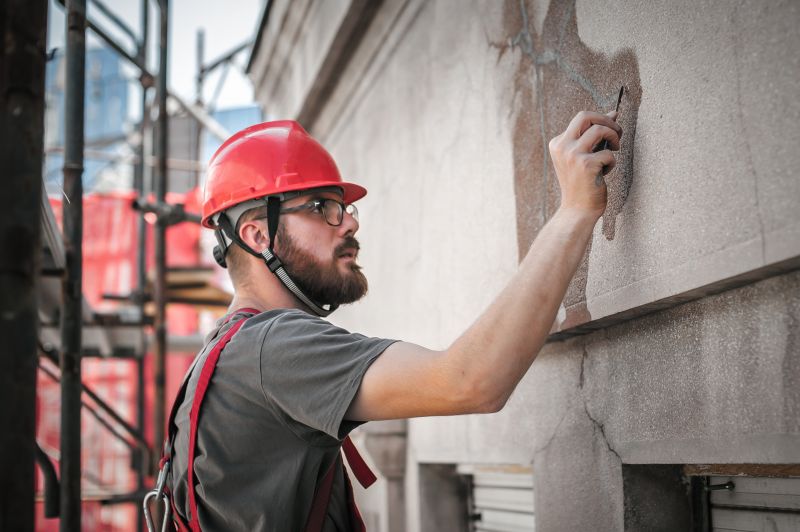
Timely repairs maintain building safety.
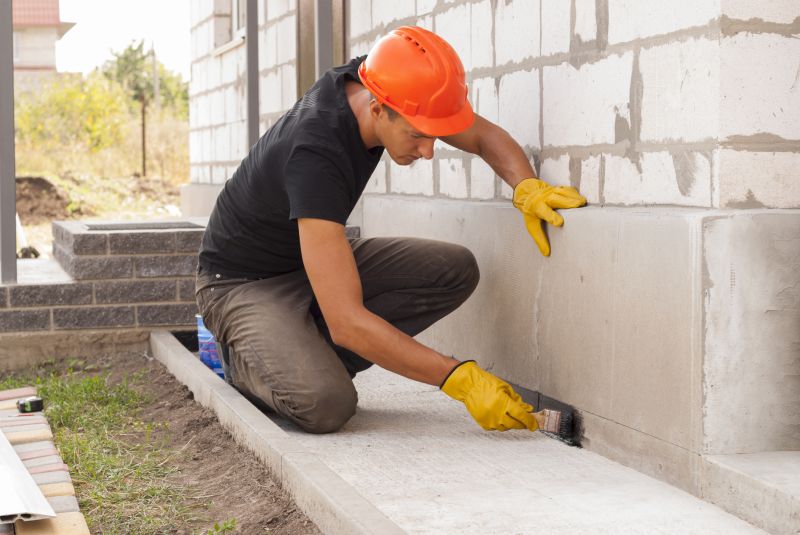
Professional assessments guide optimal repair scheduling.
Interested property owners in Falls Church can consider scheduling foundation assessments during spring or fall. Early planning and timely repairs can prevent costly damages and extend the lifespan of the structure. For more information or to arrange an evaluation, filling out the contact form is recommended.

